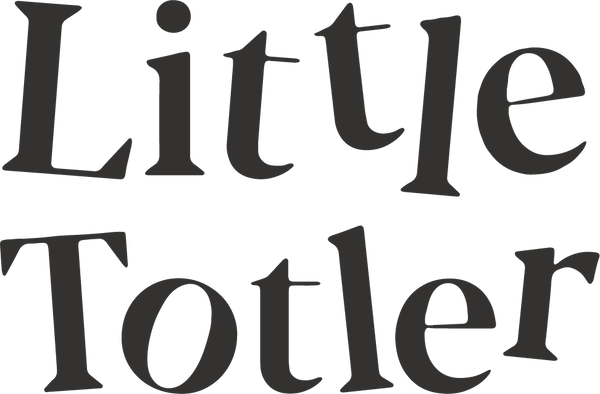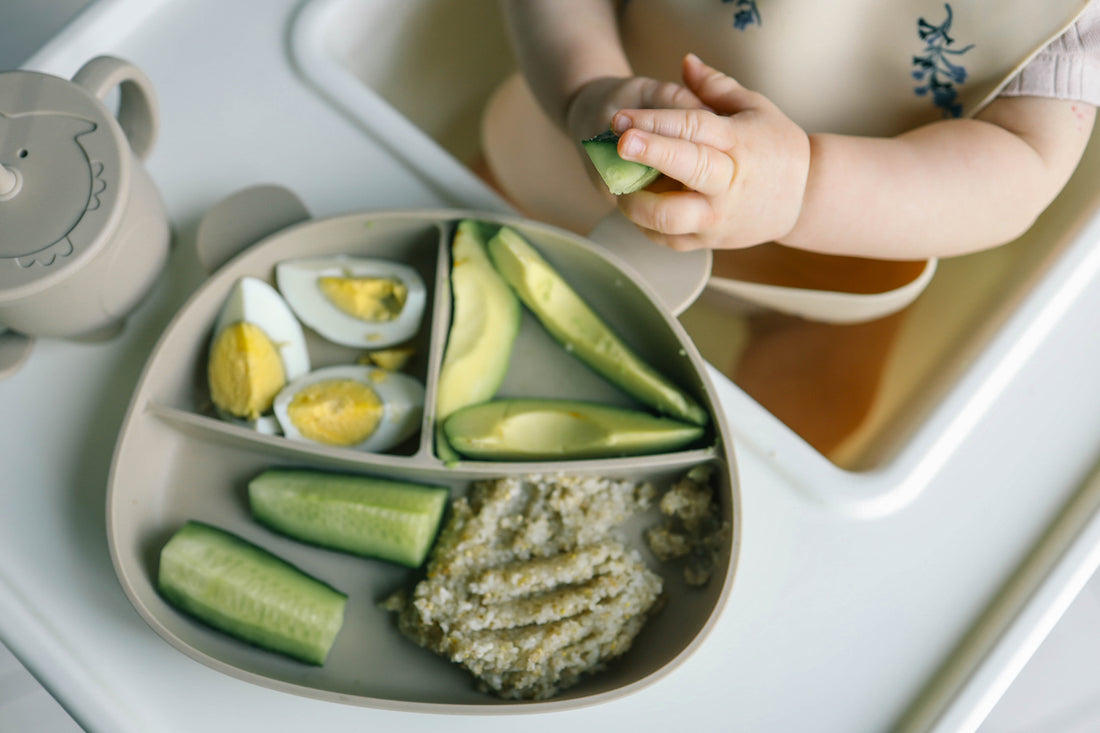Baby Led Weaning vs Spoon Feeding: Pros and Cons
When it comes to introducing solids to your baby, there are two primary approaches: baby-led weaning (BLW) and traditional spoon-feeding. Each method has its own set of advantages and disadvantages. Understanding these can help you make an informed decision that suits your baby’s needs and your family’s lifestyle. Let’s explore the pros and cons of baby-led weaning and spoon feeding.
Baby-Led Weaning (BLW)
Pros:
-
Promotes Independence: BLW allows babies to explore food at their own pace, helping them develop self-feeding skills early on. This independence can boost their confidence and improve their fine motor skills.
-
Exposure to Textures: By offering a variety of whole foods, babies get to experience different textures, which can help reduce picky eating habits later on.
-
Family Meals: BLW encourages family mealtimes since babies eat the same foods as the rest of the family. This can create a more inclusive dining experience and help establish healthy eating habits.
-
Easier Transition to Table Foods: Since babies are already accustomed to handling and chewing solid foods, transitioning to table foods can be smoother.
Cons:
-
Choking Hazard: There is a higher risk of choking with BLW if not done correctly. Parents need to be well-informed about safe foods and proper preparation methods.
-
Messy: BLW can be quite messy, as babies explore food with their hands. This can result in a lot of food waste and extra cleaning.
-
Nutrient Monitoring: Ensuring that your baby is getting all the necessary nutrients can be challenging with BLW, especially if they are selective about what they eat.
Spoon Feeding
Pros:
-
Controlled Intake: Spoon feeding allows parents to control the amount of food and nutrients their baby consumes, making it easier to monitor their intake.
-
Less Messy: Compared to BLW, spoon feeding is generally cleaner, as parents can directly feed the baby without the mess of self-feeding.
-
Early Introduction to a Variety of Foods: Parents can introduce a wide range of pureed foods, ensuring that the baby gets a balanced diet.
-
Convenience: Spoon feeding can be more convenient, especially when on the go, as it’s easier to manage portions and reduce mess.
Cons:
-
Less Independence: Babies may become reliant on being fed by an adult, which can delay the development of self-feeding skills and independence.
-
Limited Texture Exposure: Purees and mashed foods do not offer the same variety of textures as whole foods, which can make the transition to solid foods more challenging.
-
Potential for Picky Eating: Since babies are not exploring foods independently, they may become more selective about what they eat, potentially leading to picky eating habits.
-
Time-Consuming: Preparing purees and spoon-feeding can be time-consuming for parents, especially if they are making homemade baby food.
Choosing the Right Approach
The decision between baby-led weaning and spoon feeding ultimately depends on your baby’s readiness and your family’s preferences. Some parents find that a combination of both methods works best, offering the benefits of each approach. Here are a few tips to help you decide:
- Observe Your Baby: Pay attention to your baby’s cues and readiness for solids. Some babies may show interest in self-feeding, while others might prefer being spoon-fed.
- Stay Informed: Educate yourself about safe feeding practices for both methods to minimize risks and ensure a balanced diet.
- Flexibility: Be open to adapting your approach as your baby grows and their needs change. What works in the beginning might evolve over time.
Incorporating your baby into family mealtimes, regardless of the method, can foster a positive eating environment and help establish healthy eating habits from the start. Whether you choose baby-led weaning, spoon feeding, or a combination of both, the goal is to ensure that your baby enjoys their food journey and develops a healthy relationship with food.

